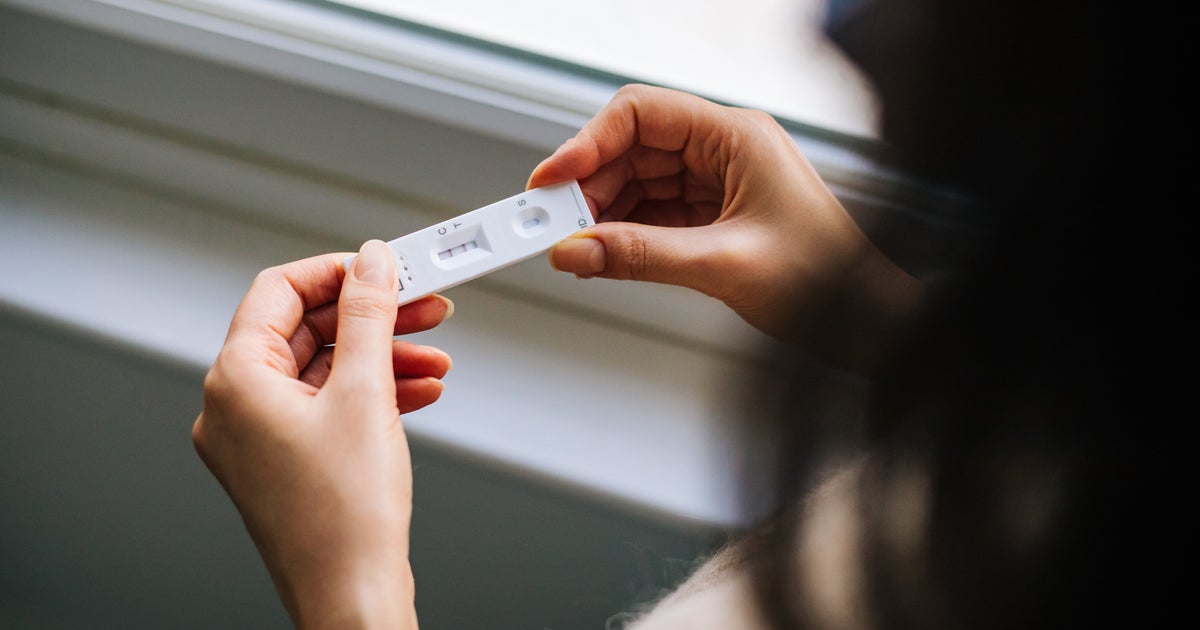Optimizing COVID Testing: When and How to Get Tested
It’s that time of year again when upper respiratory infections like respiratory syncytial virus (RSV), influenza, and COVID are on the rise. However, figuring out which infection you have based on symptoms alone can be challenging. The best way to determine the infection is to get tested, especially when it comes to COVID.
A recent study published in the journal Clinical Infectious Diseases reveals that the optimal time to test for COVID using an at-home test is a few days after developing symptoms, not immediately when symptoms appear like with influenza. This is because it takes time for the infection to build up in your body, so a negative test on the first or second day of symptoms doesn’t necessarily mean you don’t have COVID. It may take another day or two for the test to detect the infection.
Despite this, the Centers for Disease Control and Prevention still recommends testing as soon as you start feeling sick. “Test early since you do not need the viral load to peak to [test positive],” advises Dr. Dushyantha Jayaweera, an infectious disease specialist at the University of Miami’s UHealth.
It’s important to note that at-home tests usually catch most infections four days into symptoms. In the past, it was believed that testing immediately after symptom onset was the best time, but as the pandemic evolved and new variants like omicron emerged, testing every couple of days became more effective. Research now suggests that viral loads peak four days after symptoms first appear, which aligns with previous studies indicating a similar trend.
It’s crucial to understand that testing negative on an at-home test doesn’t guarantee you’re COVID-free. The virus may still be present at low levels and could potentially rise over time. This is particularly true for those symptomatic individuals who continue to test negative on repeat at-home tests. Therefore, COVID should not be ruled out solely based on negative test results.
The new data further indicates that most transmission occurs during the symptomatic phase. “Viral loads peaked four days after symptom onset, which may mean that you are maximally infectious four days into symptoms,” explains Dr. Monica Gandhi, an infectious disease specialist with UCSF.
So, when should you test for COVID in 2023? The CDC advises immediate testing if you exhibit COVID symptoms. Even with the recent findings, the safest time to test is as soon as you start feeling sick. However, if you initially test negative with an at-home antigen test, it’s recommended to test again after 48 hours. If you’re still symptomatic and negative, repeat the test after another 48 hours since viral loads tend to be highest three to four days after symptom onset.
When testing, it’s important to follow the instructions on your test kit and thoroughly swab both nostrils. Some doctors also suggest swabbing the throat, but this method is not authorized for test kits available in the United States. While it may enhance accuracy, it’s not necessary. “You cannot skip the nose for the throat,” states Dr. Jayaweera.
If your at-home test is positive, it’s advisable to consult a doctor or schedule a telehealth appointment, especially if you’re 65 and older, on immunosuppressants, or have multiple comorbidities. Early treatment is most effective. However, if you test negative, it’s still worth reaching out to a doctor who can test you for other respiratory illnesses like the flu or RSV.
Remember, it’s officially cold and flu season, so it’s important to consider all potential infections, not just COVID. Stay informed and prioritize your health!
Denial of responsibility! Vigour Times is an automatic aggregator of Global media. In each content, the hyperlink to the primary source is specified. All trademarks belong to their rightful owners, and all materials to their authors. For any complaint, please reach us at – [email protected]. We will take necessary action within 24 hours.


